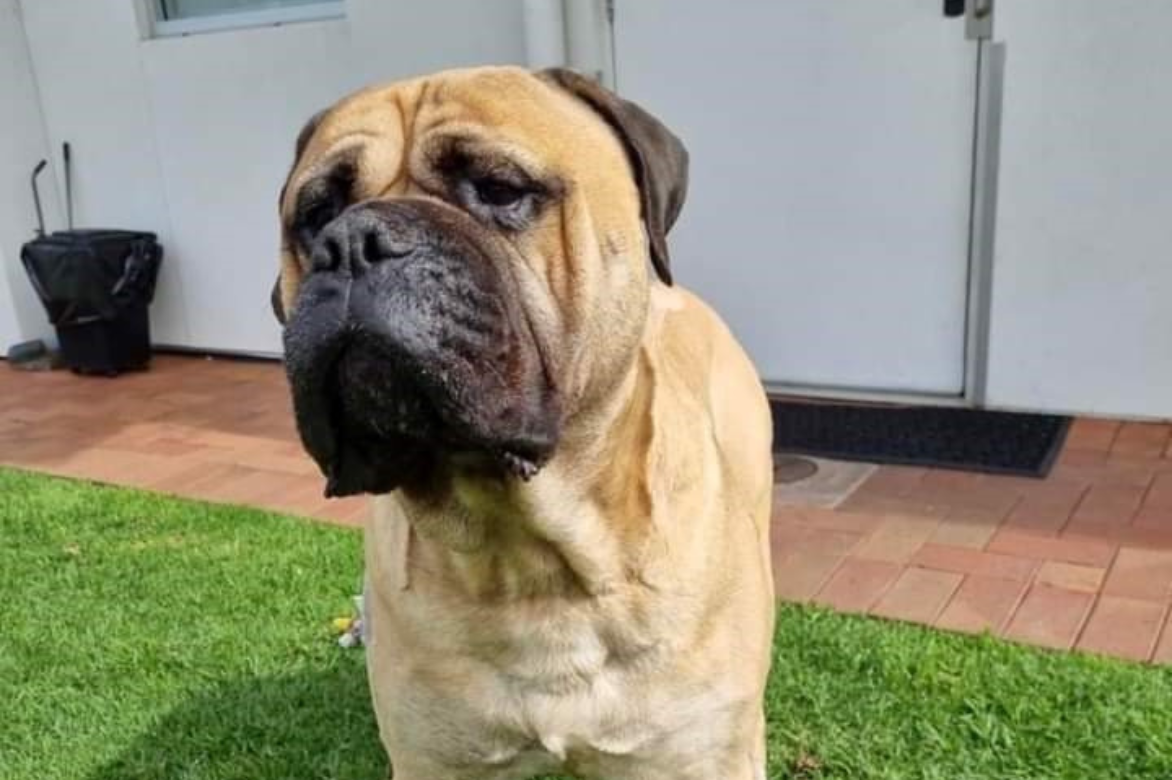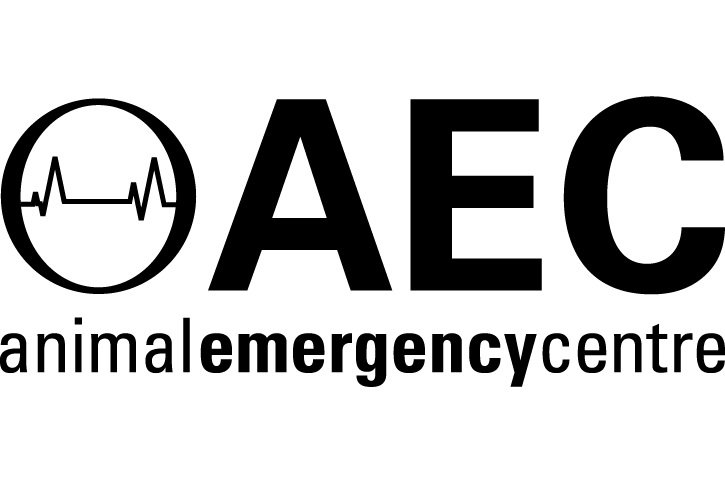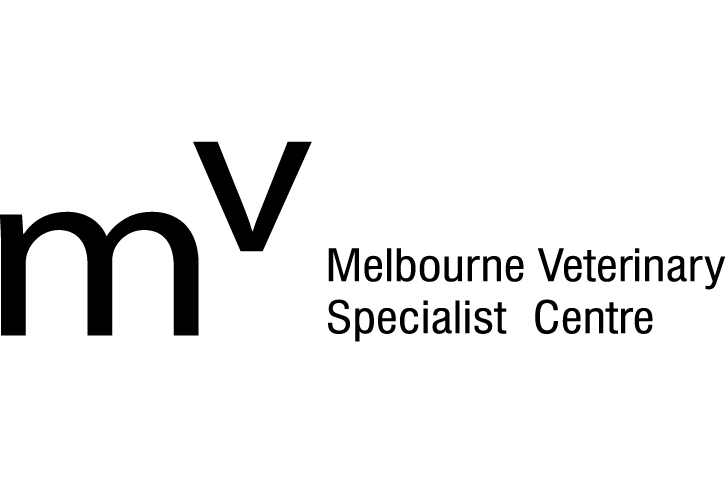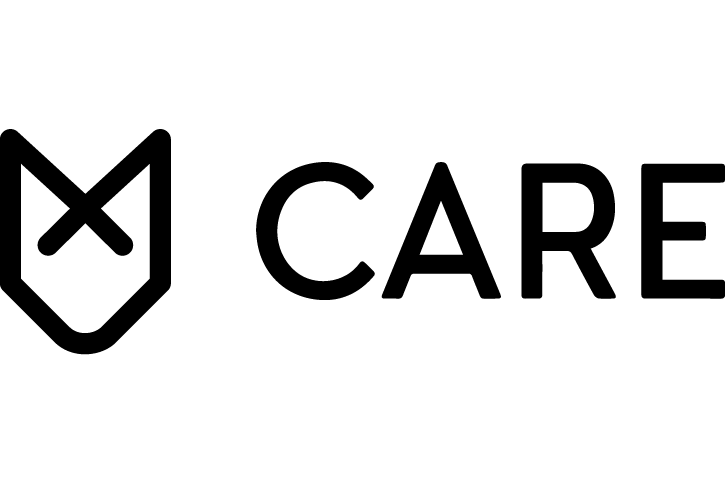Meet Clyde, the Bull Mastiff that stole all of our hearts!
- Useful facts: (Reference: Fossum)
- Chyle is fatty lymphatic fluid circulated from the intestine to the cranial vena cava.
- Any factors that increase flow or decrease drainage may dilate the lymphatics Causing lymphanioectasia.
- Any disease that increased systemic venous pressure can cause chylothorax
- A history of coughing is often the first symptom then later followed by dyspnoea.
- Radiographs are a useful diagnostic tool. Chyle is typically white or pink and occasionally red in colour.( Pink milkshake)
- Suspected chylous effusions should be submitted in EDTA.
- Diagnostic characteristics include: Triglyceride content (Higher than simultaneously collected serum)
- Cytology (Predominant cell type is lymphocytes or non-degenerative neutrophils)
- CT lymphangiography can be useful but not essential in the diagnosis and treatment
- If the underlying disease is diagnosed and treated appropriately many cases resolve
- Surgery is warranted where the underlying cause is unknown (idiopathic) and effusions become chronic.
- Low fat diets are non-curative. Surgical treatment involves:
TD ligation and pericardectomy* (commonly performed, often done simultaneously) - Success rate with TDL and subtotal pericardectomy is in the region of 80% Cisterna Chyli ablation and less commonly TD glue embolization and active pleuro peritoneal shunting are also described.
- Pericardectomy is thought to lower right –sided venous pressure normalizing venous pressure and lymphatic flow.
Our Network
Animal Referral & Emergency network is the largest specialty and referral network in Australia, consisting of over 20 sites. With over 1,200 dedicated team members, including over 600 nurses and over 390 veterinarians (including specialists and registrars), we provide exceptional care for your pets. Count on us for expert medical attention and comprehensive veterinary services.
.png)

.png)
.png)








